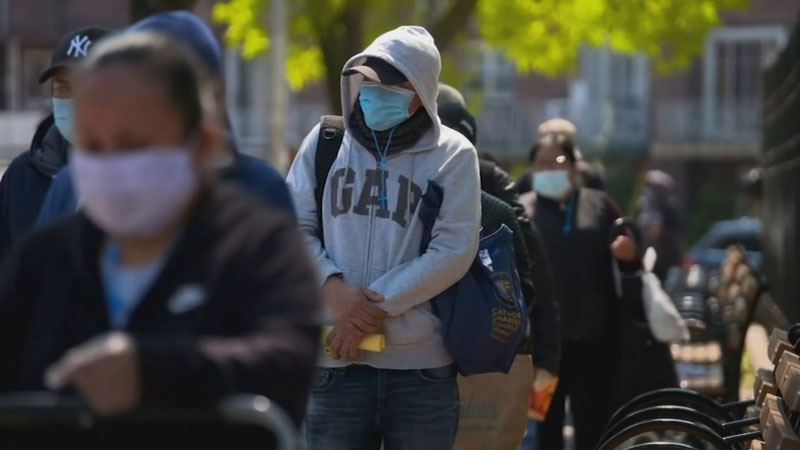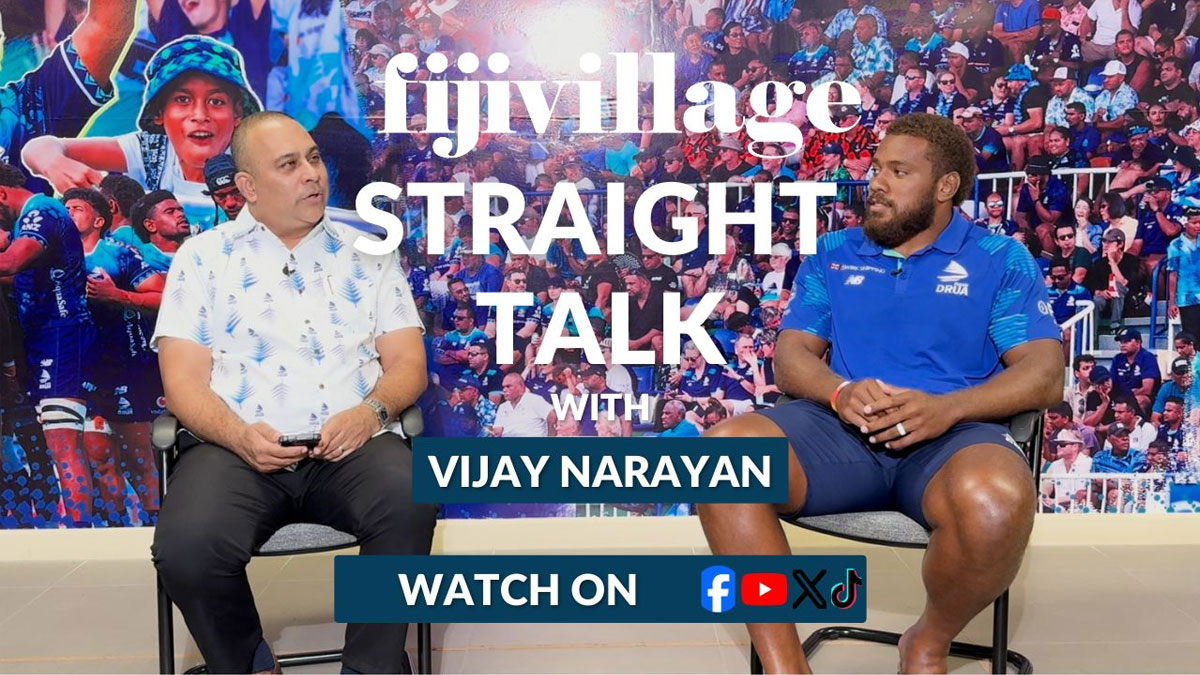
A sudden loosening this past week of federal health guidance on masks has handed Americans a new calculation to make. And it is not just one calculation, but a maze of many. As people walked through their days, hour by hour, errand by errand, some wondered at every new doorway: Mask or no mask?
In interviews this weekend with dozens of residents from Los Angeles to Atlanta, people said they were mostly encouraged by the Centers for Disease Control and Prevention’s finding that masks were no longer needed for fully vaccinated people in most indoor and outdoor situations.
But the details, many said, were perplexing and had stirred new questions about science but also about trust, social norms and even politics. How can one be certain that people no longer wearing masks have actually gotten a vaccine? What will the neighbors think if you take yours off? (And what will they think if you do not?) And what if, some asked, you just feel more comfortable in a mask?
Since the start of the pandemic, many conservatives bristled at being told they should wear face coverings, while liberals often took pride in masking, making mask mandates a constant source of debate and division. But now, as something close to the opposite of a mandate was arriving, that too was creating tumult within shops, neighborhoods and even families in the parts of the country where masks had remained common.
“At first, as a citizen, I was like, ‘Wow, these are so great. I haven’t been out to eat in a year,’” Angela Garbacz, 34, a pastry shop owner in Lincoln, Nebraska, said of the new recommendations, which have begun filtering out to states and cities and stores. “But as a private business owner, it has been like panic and, ‘What do we do?’ Are people just going to think they can come in without masks? Do I get rid of my mask requirement? It’s just so much uncertainty with the one thing that’s helped us feel safe in a really scary time.”
Masking, a rare practice in the United States just 14 months ago, has become a normal part of American life. Some people questioned the CDC’s abrupt shift in guidance — noting that the agency’s position on masks has shifted before — and wondered aloud whether the latest turn was really safe.
Gerry Corn, 56, who was picking up food to go Friday night in Los Angeles, said he had concerns about how long vaccine protection would last. “I’m thinking that until we really know more about it from empirical scientific evidence that we should keep the mask in place, especially in public,” he said.
Others seemed willing to accept the science behind the masking guidance, at least in theory. The practice was another matter.
“It freaked me out,” Mary Beagan, 77, said of riding the elevator in her Minneapolis apartment building Friday and seeing a woman step on with no mask. Yes, Beagan had heard about the CDC’s announcement. And yes, she has had her COVID-19 vaccines. Still, after all these months, it felt kind of scary.
“I wasn’t ready,” Beagan said. “I have to learn to deal with this.”
In some parts of the country, masks were largely discarded long ago, so the new guidance had little effect. But in states with mask mandates and in large, liberal cities where masks have been ubiquitous throughout the pandemic, the federal guidance set off a wave of changes that reopened the whole question of masks. Stores set new policies and posted new signs. Customers ventured uneasily into the new landscape, which sometimes looked a lot like the old landscape.
At a coffee shop on Chicago’s North Side, a sign asked that customers “wear a mask regardless of vaccine status.” A few miles away, on the door of a bookstore, shoppers were told, “MASKS REMAIN REQUIRED. NO EXCEPTIONS.” And face coverings were compulsory Saturday at an outdoor farmers market in a parking lot, a policy for which there appeared to be universal compliance and no obvious pushback.
“I still don’t know where people have been to; they don’t know where I’ve been,” said Yamilet Rebolledo, 24, who wore a fuchsia mask to the farmers market and said she plans to continue covering her face even once she is vaccinated.
Although masks have been found to slow the spread of the coronavirus, their place in the American wardrobe has become more than just epidemiological. Over the last year, as Republicans pushed back against mask mandates, some Democrats wore masks even while outdoors and alone and updated their Facebook profile photos to show their mouths and noses covered.
“I’m hyperaware that wearing a mask or not wearing a mask says something about me,” said Annie Krabbenschmidt, 27, a gig worker and writer who lives in Los Angeles. She said she had apprehensions about giving up her mask. “They are so much more than a safety vest at this point.”
The new guidance seemed to scramble all the presumptions people had come to understand about who wears masks and who does not.
Someone with no mask might still signify that they oppose masks and doubt the risks of COVID-19 — or it now might mean the person is fully vaccinated and following CDC guidance to the letter. And someone with a mask might now be signaling their support for virus-control efforts but rejection of the latest CDC guidance — or it might mean that a person is unvaccinated and following the rules to stay masked. Or it might mean something else altogether. Easy labels have vanished.
With no national system to check who is vaccinated and who is not, the new federal guidance leaves an unavoidable — but gaping — hole, some people said. There is no guarantee, they said, that unvaccinated people will not discard their masks along with the vaccinated ones, potentially creating a risk that the virus will continue to circulate.
“You never know who is vaccinated or who is lying,” said Bayleigh Harshbarger, 22, who said that she is vaccinated (and telling the truth). She covered her face to go shopping Saturday in Kansas City, Missouri, though a mask mandate expired a day earlier. “It’s just so normal now that I feel weird walking places without a mask,” she said.
Inertia, too, is a force. A few people said they had gotten used to masks and had come to (almost) like their presence — as a fashion accessory, a protection against common colds, a chance for anonymity along the street. Some people said they just needed more time to get used to the idea of a switchback.
“They didn’t say ‘in a couple of weeks.’ If they had, I could have stomached it more,” said Jill Roberts, who co-owns a wine bar in downtown Helena, Montana. “It came out of left field.”
Still, across the country, Americans were taking their first, awkward steps into a less-masked world.
By: Mitch Smith
c.2021 The New York Times Company
Stay tuned for the latest news on our radio stations

